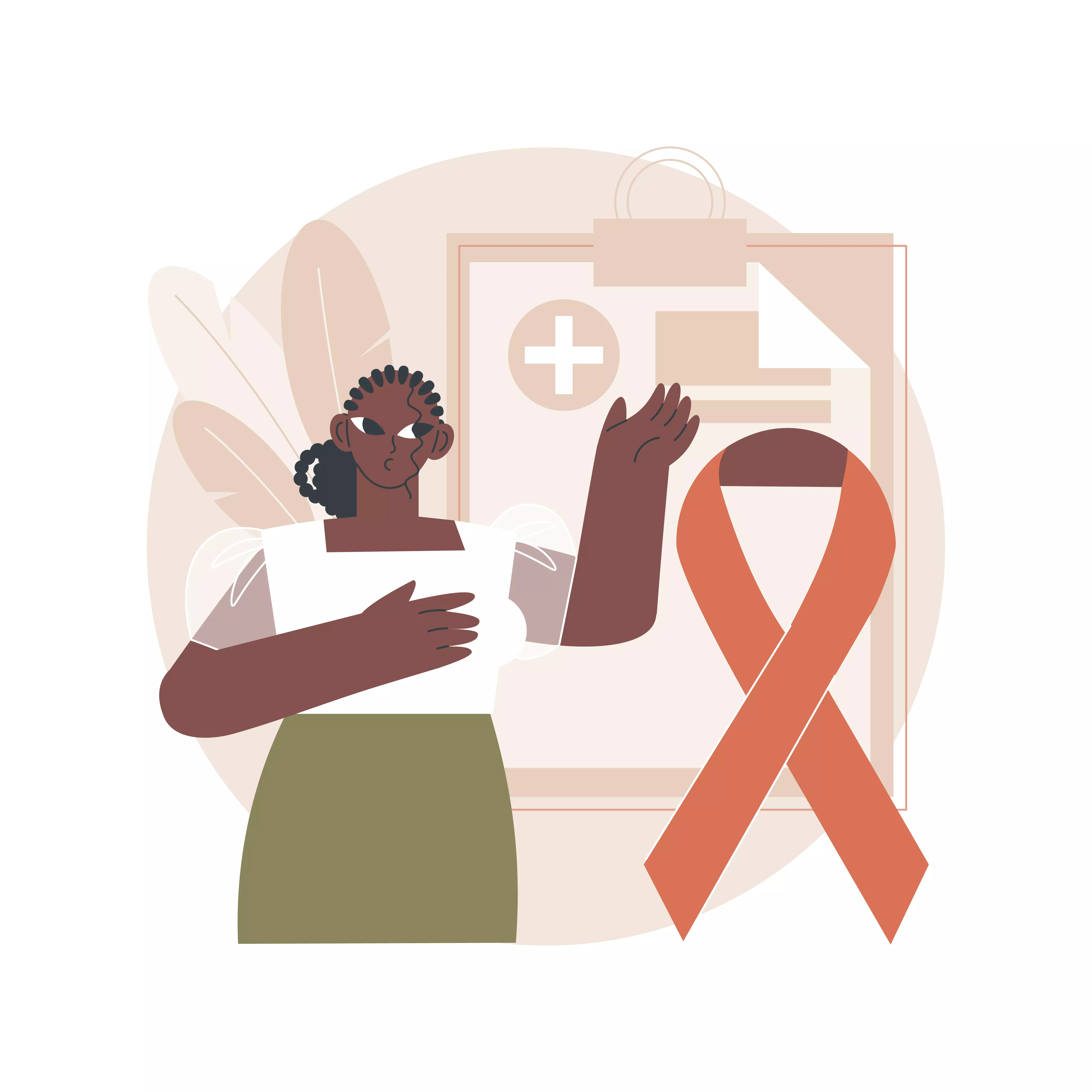Family History and Breast Cancer Risk: Understanding the Connection

In an exclusive conversation with Deccan Chronicle, Dr. Santhosh Devadas, Consultant Medical Oncology, Ramaiah Memorial Hospital shares insights on prevention, treatment and management.
What is the difference between invasive and non-invasive breast cancer types?
Invasive breast cancer and non-invasive breast cancer are both continuum essentially. So, non-invasive breast cancers are the entry point for cancer to develop, the non-invasive cancers go on to become invasive cancers, the non-invasive cancers do not have the ability to spread to other organs, the invasive cancers have the ability to spread to lymph nodes and other organs of the body, hence non-invasive cancers are less serious, however can become a more serious entity called an invasive cancer.
At what age do you think women should start getting regular mammograms, and how often should they get it done?
Mammograms are generally done after the age of 45 years, various guidelines have been published to help physicians and patients to make decisions regarding mammograms, there are variations in practice, but generally most regulatory agencies start advice for doing mammograms by age of 45 years, 45 years.
What is the most common misconception about breast cancer
Common misconceptions surrounding breast cancer pose significant harm. Women often underestimate its risks, delaying medical attention despite noticeable symptoms. Conversely, excessive fear driven by family histories leads to unnecessary anxiety and actions. Misconceptions include believing cancer transmits through shared meals, living arrangements or inheritance, assuming all breast lumps are cancerous and fearing biopsies spread cancer. In reality, 90% of breast cancers aren't inherited, many lumps are benign (fibroadenosis) and biopsies are essential diagnostic tools. Clarifying these misconceptions through awareness and education promotes timely intervention, alleviates fear and supports informed decision-making.
Are there any lifestyle changes that can actually reduce the risk of developing breast cancer?
Lifestyle changes significantly reduce breast cancer risk. Obesity is a major risk factor, making healthy, active lifestyles crucial. Regular exercise and balanced diets low in sugar and fat are essential. Limiting processed foods, avoiding hormone replacement therapy tablets and mindful eating also help. For those with family histories, regular doctor visits are vital. Adopting non-Western lifestyles also mitigates risk, as seen in lower breast cancer rates in countries like India compared to Western nations. There, 3-4 women per 10 develop breast cancer, whereas in India, the rate drops to 1 in 20-50. A healthy lifestyle is key to breast cancer prevention.
Any recent advancements in medical oncology that offer hope for breast cancer patients?
Breast cancer treatment and prevention are rapidly advancing, significantly improving patient outcomes. Compared to a decade ago, patients across all stages have better survival rates and lower mortality risks. Breast cancers are categorized into hormone receptor positive, HER2 positive and triple negative types, each requiring tailored treatment approaches. Stages 1-3 cancers are considered curable, while Stage 4 treatment focuses on extending survival and enhancing quality of life. Immunotherapy, targeted therapy and chemotherapy variations have dramatically improved outcomes. Emerging therapeutic options and optimized treatment strategies offer renewed hope for breast cancer patients.
Could you discuss the importance of family history in breast cancer risk assessment?
Family history significantly impacts breast cancer risk assessment. Approximately 10% of women diagnosed with breast cancer have an inherited risk, detectable through germline testing via next-generation sequencing, a simple blood test. These individuals are more prone to secondary cancers, necessitating rigorous follow-up every 3-6 months, including breast MRIs to detect early signs.
Women with hereditary breast cancer risk are also susceptible to ovarian cancer. To mitigate this, some opt for prophylactic mastectomy and oophorectomy, removing at-risk organs to prevent future cancer development, as exemplified by Angelina Jolie's decision.
Beyond breast lumps, symptoms indicating breast cancer include:
ü Nipple discharge
ü Breast pain
ü Armpit discomfort
ü Skin color alterations
ü Advanced-stage ulcers on the breast or armpit
Early detection and tailored interventions enhance survival rates and quality of life for breast cancer patients, emphasizing the importance of family history, screening and proactive measures.
Most people shy away from seeking treatment—because of the cost of treatment and also because of how painful the procedure is. Has anything changed on those lines?
Many women now seek medical attention at early stages of breast cancer, typically when lumps are 1-2 centimeters. At this stage, a simple lumpectomy or breast conservation surgery suffices, preserving the breast. Often, patients with Stage 1, hormone receptor-positive cancer can forgo chemotherapy, opting for surgery followed by radiation. Early detection enables less invasive treatments, avoiding aggressive therapies. Prompt medical consultation is crucial for optimal outcomes.
What about the cost, has it become affordable now?
Breast cancer treatment costs have become more affordable due to government initiatives like Ayushman Bharat, enabling free surgeries, chemotherapy and radiation therapy for eligible patients. Generic Indian drugs have also reduced costs. Trends indicate increased awareness, early detection and treatment among educated groups, yet some women still present at advanced stages. Notably, young Indian women are increasingly diagnosed. Modern treatments offer promising cure rates: Stage 1 (90-95%), Stage 2 (85-90%) and Stage 3 (75-80%).

